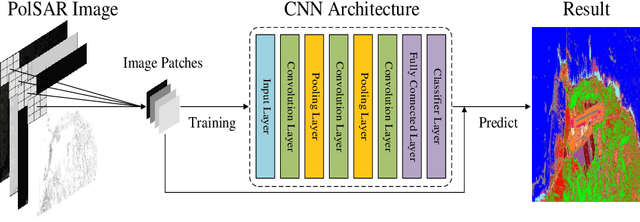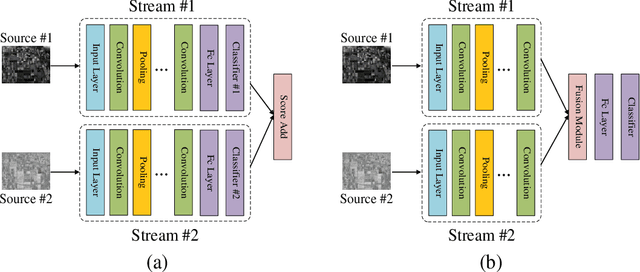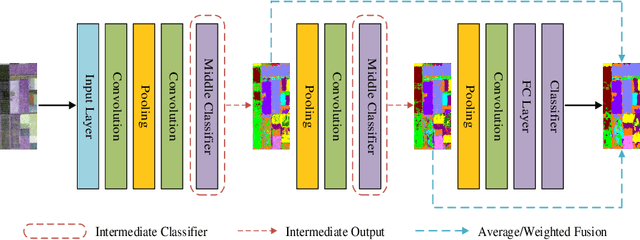Efficiently utilizing complex-valued PolSAR image data via a multi-task deep learning framework
Paper and Code
Mar 24, 2019



Accompanied by the successful progress of deep representation learning, convolutional neural networks (CNNs) have been widely applied to improve the accuracy of polarimetric synthetic aperture radar (PolSAR) image classification. However, in most applications, the difference between PolSAR image and optical image is rarely considered. The design of most existing network structures is not tailored to the characteristics of PolSAR image data and complex-valued data of PolSAR image are simply equated to real-valued data to adapt to the existing mainstream network pipeline to avoid complex-valued operations. These make CNNs unable to perform their full capabilities in the PolSAR image classification tasks. In this paper, we focus on finding a better input form of PolSAR image data and designing special CNN structures that are more compatible with PolSAR image. Considering the relationship between complex number and its amplitude and phase, we extract the amplitude and phase of the complex-valued PolSAR image data as input to maintain the integrity of the original information while avoiding the current immature complex-valued operations, and a novel multi-task CNN framework is proposed to adapt to novel form of input data. Furthermore, in order to better explore the unique phase information in the PolSAR image data, depthwise separable convolutions are applied to the proposed multi-task CNN model. Experiments on three benchmark datasets not only prove that using amplitude and phase information as input does contribute to the improvement of classification accuracy, but also verify the effectiveness of the proposed methods for amplitude and phase input.
 Add to Chrome
Add to Chrome Add to Firefox
Add to Firefox Add to Edge
Add to Edge